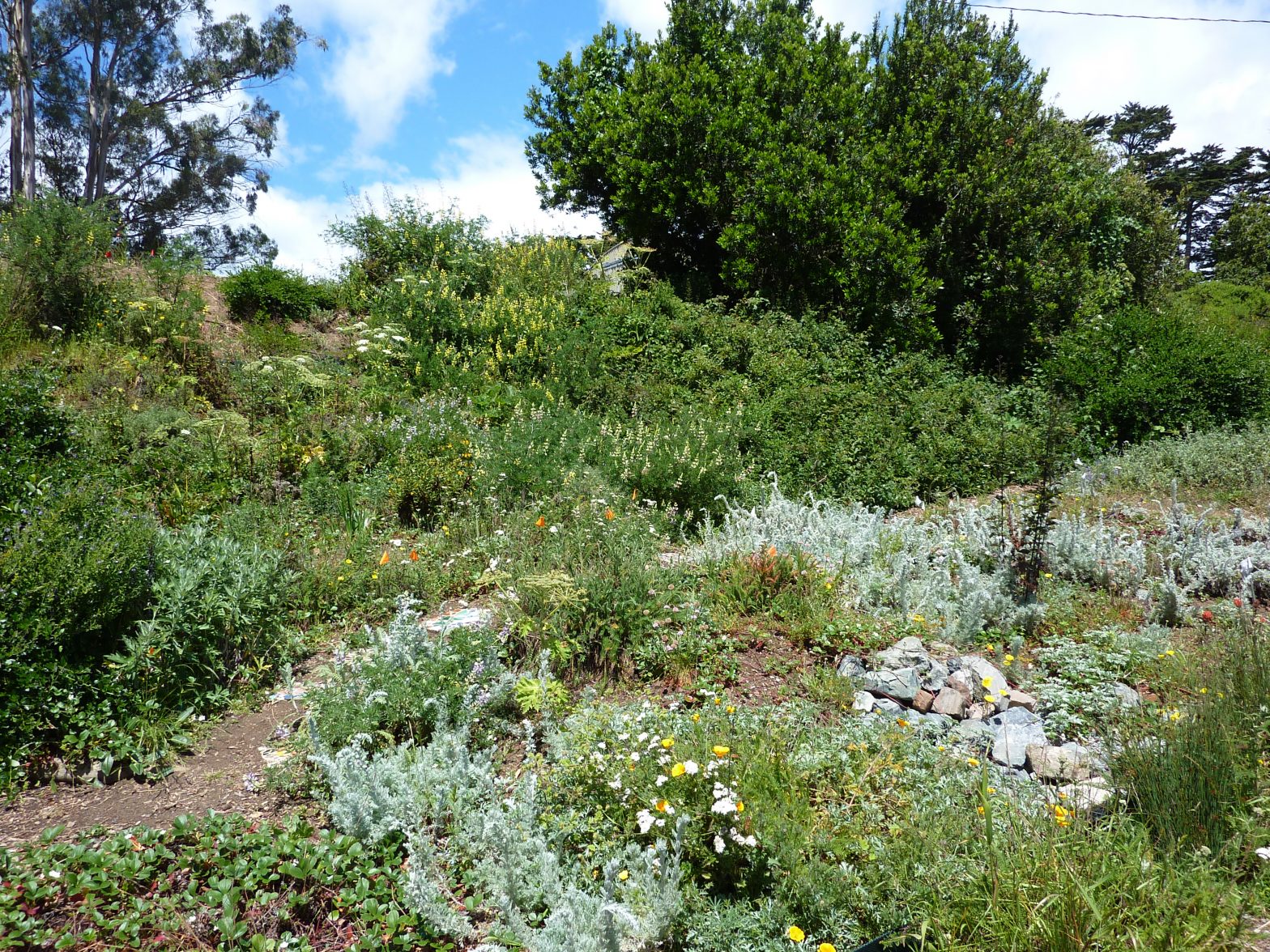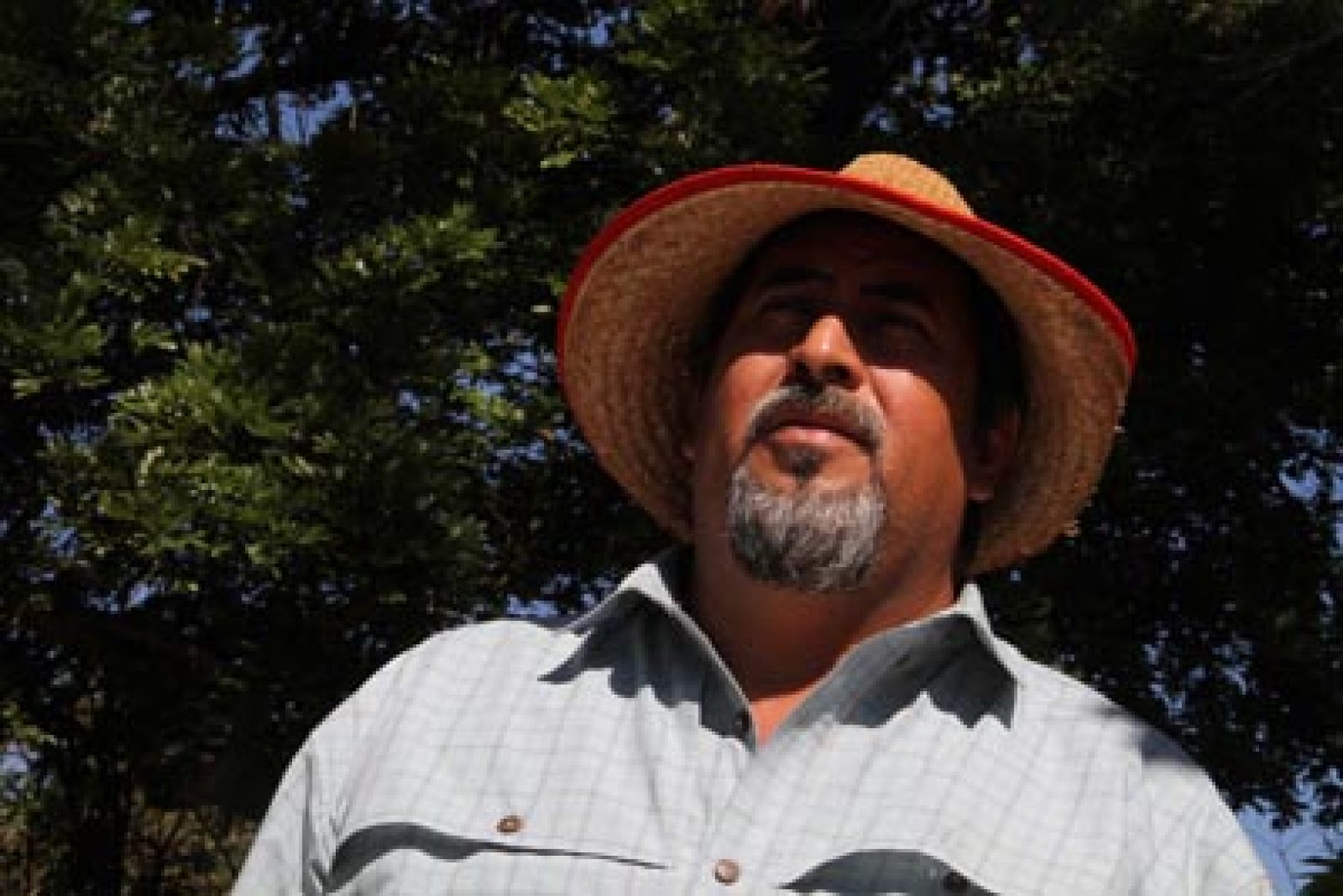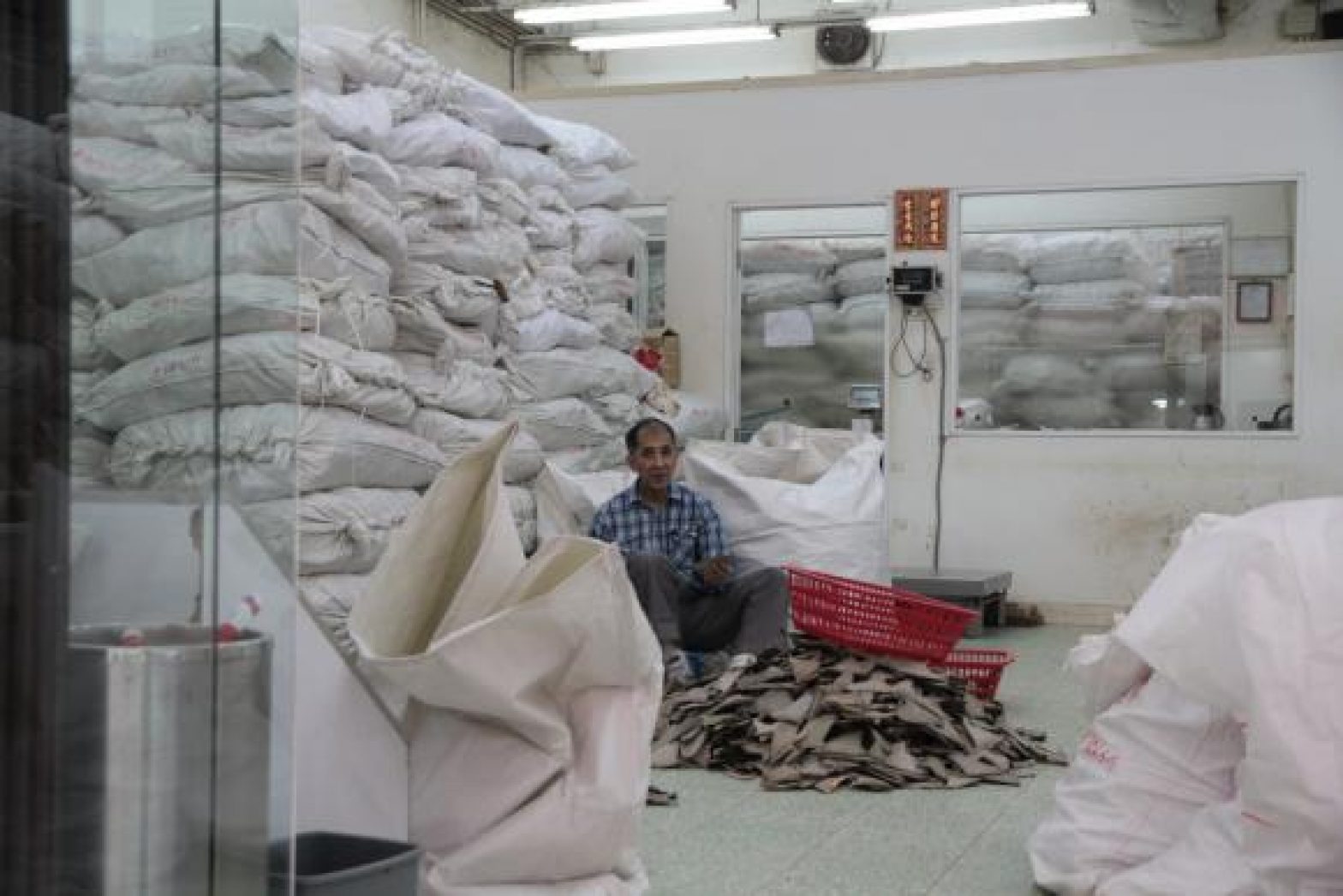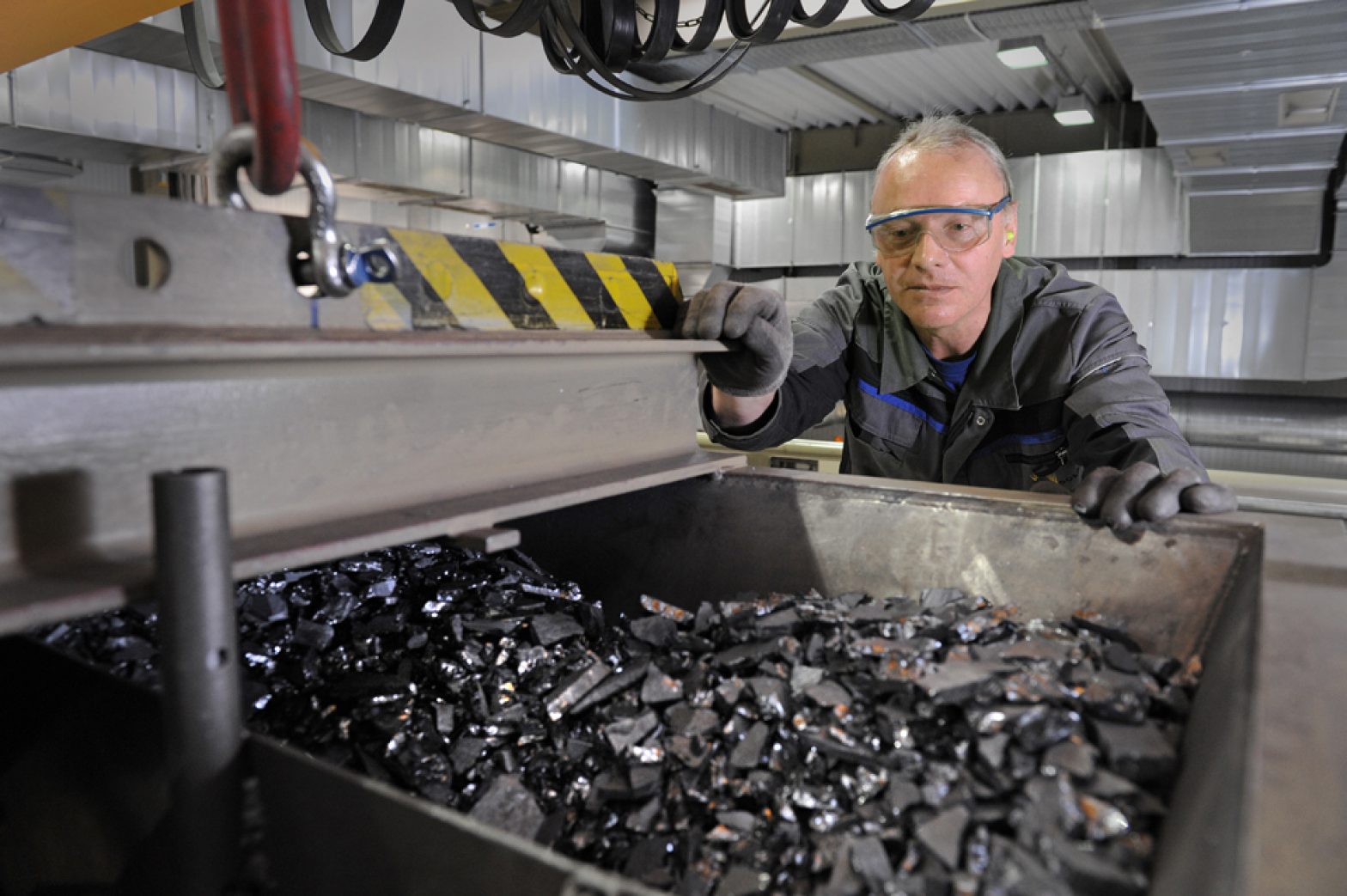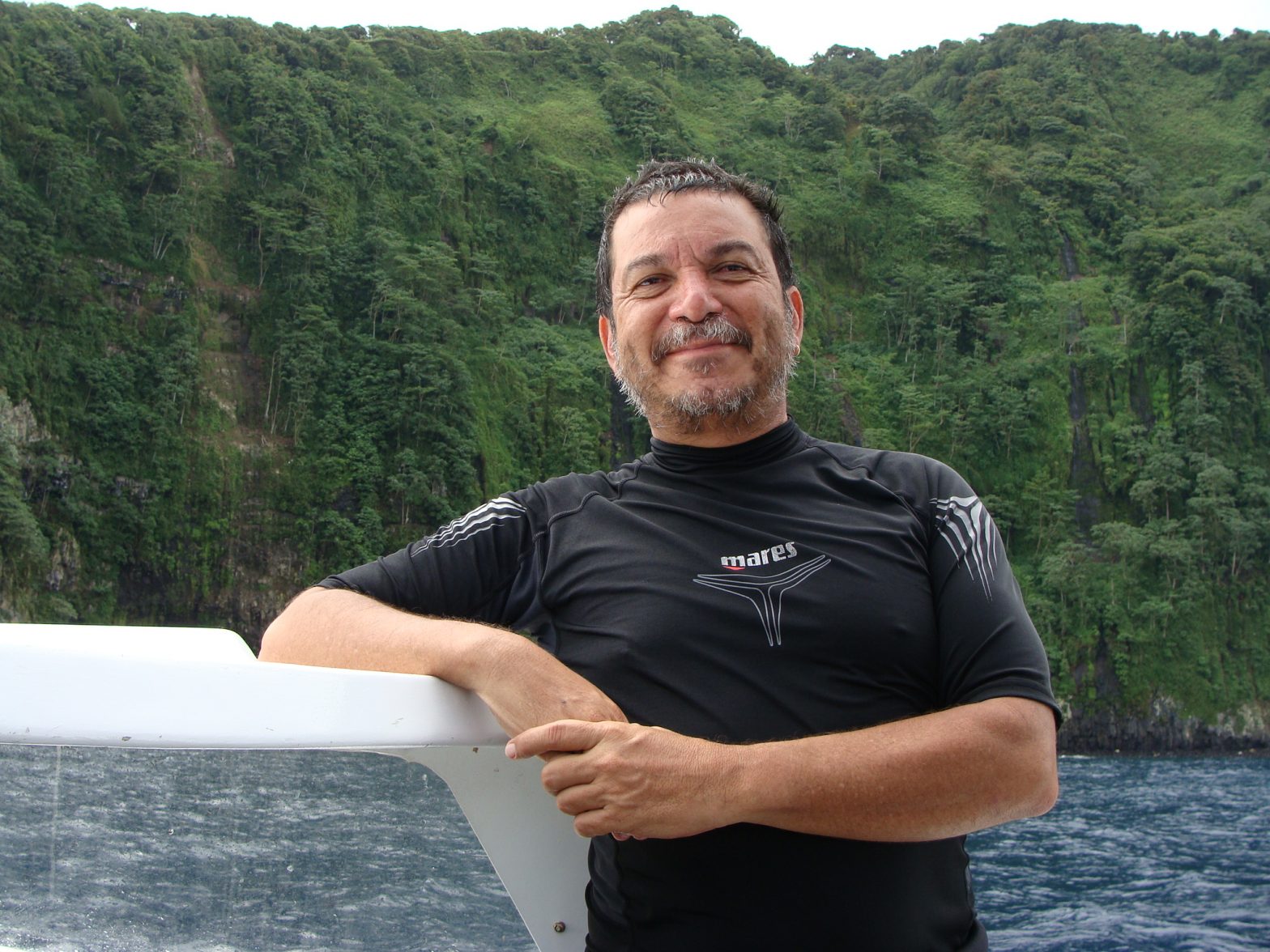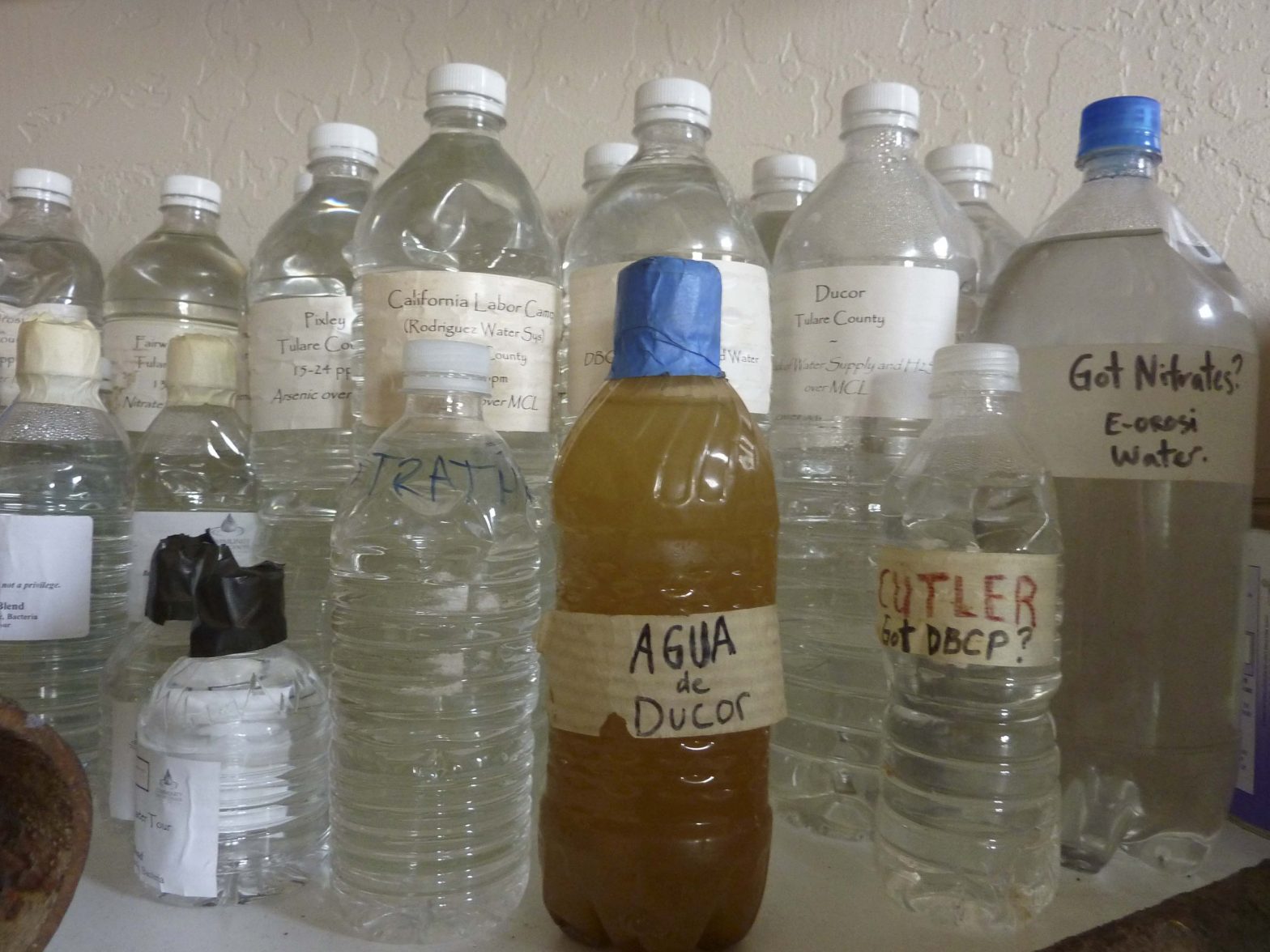Environment
Restoring Presidio’s native plants is painstaking process
Extreme biodiversity, coupled with the surrounding extreme urbanism, makes the Presidio arguably the epicenter of native plant restoration in the West. The 2.3 square mile park, formerly an Army base, is home to 600 plants, more variety than in most states. It owes this biodiversity to its San Francisco location, a city at a biogeographic crossroads. At the Presidio, Betty Young leads a team of botanists that collect and grow native plants as part of a painstakingly precise attempt to restore the park’s native habitat.
